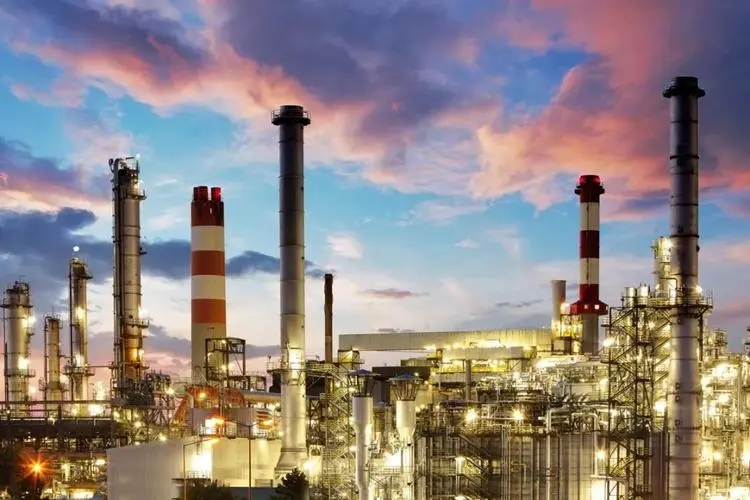TOCOM Energy
JPX Energy Market Updates(Jul. 11, 2022)
Oil futures finished a volatile week and recouped some losses on Thursday and Friday in a row but still ended lower since July 6 as recession concerns prompted strong selling pressure that sent front-month JPX Dubai below 90$/b and ICE Brent below $100/b intraday for the first time since April 25.
Product cracks were hit even harder as refining margins slumped to multi-month lows across much of the barrel. Despite the steep fall in flat prices, premiums for spot middle east crude barrels were holding firm, the structure of crude oil futures also remained solid, the difference of JPX Dubai future contract for September and November settlement was last pegged at $5.7/b, roughly unchanged from last week's close.
In Asian market, Saudi Arabia increased its official selling price for Arab Light into Asia for August by $2.80/bbl to $9.30/bbl over the benchmark Dubai and Oman, not too far from the record high in May. The Saudis also increased prices for all other grades into Asia for the month, and took similar action for Europe. Levels into the US were left unchanged for the month. The market viewed the price increase as a sign that the world's top crude oil producer expects robust crude demand this summer despite growing fears of a recession that could sink demand.
Oil product cracks fell for the second straight week with US and Asia benchmarks hitting 2.5-month lows while European grades fell to two-month lows. The drop in crack spreads is mainly due to increased supply as high-frequency demand data remains robust, personal mobility in China as measured by the country's main search engine has hit a four-month high in the first week of July. In the US, demand for product had surged on the week. Product supplied for gasoline, the EIA's proxy for demand, climbed to a year-to-date high of 9.41 million b/d, while product supplied for distillates surged toa 15-week high and more than 16% above the five-year average.
According to a notice from China's Ministry of Commerce, China has released this year's third batch of quota on oil products exports, permitting exports of 5.0 mln mt which is leading to expectations of higher exports as refineries ramp up. Despite the retreat in product cracks, overall margins remain healthy, while refiners were also looking to build stocks ahead of the crunch winter-demand season.
On the supply side, OPEC+ hiked crude oil production by 390,000 b/d in June, according to the latest Platts survey, almost all members continued to struggle to hit their output targets. In June, the coalition underproduced its collective targets by 2.70 million b/d, with quota compliance surging to a hefty 192%.
The oil market supply remains tight given the expectation that Russian oil supply will decline as we move through the year, and more recently, potential shutdown would be a major blow to landlocked Kazakhstan and Europe as the bulk of its crude oil exports are via the CPC pipeline across southern Russia, with CPC loadings reaching as high as 1.5 million b/d.
On the gas market, following the release of the weekly storage data by the EIA for the week ended July 1, NYMEX gas futures soared. The 60 Bcf storage build, which is much smaller than projected, may have been an outlier due to short-term production maintenance and elevated LNG export volumes.
At the same time, European natural gas benchmark TTF prices continued to edge higher, given the numerous supply risks facing the market. These include reduced Russian pipeline flows, tighter LNG supply, and obviously the strike action in Norway last week. Norway is Europe's second-largest energy supplier after Russia and the strike had pushed gas prices to their highest level in four months. Although Norway's government had stepped in to end oil and gas strike, any sustained drop in Norway's output could deal a big blow to efforts to replenish gas stocks ahead of the winter. on the other hand, the summer storage injections have moderated down Europe's storage deficit, with inventory levels now standing almost 60% full.
The high prices in Europe has trickled into Asia, the JKM/TTF derivatives spread was assessed at minus $14/MMBtu on July 8, widening from $5.90/MMBtu on June 30. Traders from the Atlantic seek to keep cargoes in the region as supply remains tight and prompt demand strengthening as a heatwave swept pass Asia, Asian LNG benchmark prices climbed during the past week. JPX LNG future contract for August settlement was last settled at 5297yen or around 39$/MMBtu. It is also reported by Platts that spot LNG procurement by end-users in Asia has slowed significantly in the week ending July 8, sources said that the high JKM price was unsustainable and will likely result in demand destruction and price volatility in Asia.






